Our sense of smell connects directly to memory and emotion in ways that other senses simply cannot match. While travelers often document what they see or hear in a destination, the distinctive aromas of a place can leave equally powerful impressions.
Certain cities possess signature scents so distinctive that they become an integral part of the experience – olfactory landscapes that transform how we perceive and remember these places. These atmospheric qualities rarely make it into travel guides, yet they profoundly shape our experience of a destination.
Here is a list of 15 cities around the world that are defined, at least in part, by their unique aromatic profiles.
Istanbul, Turkey

The air in Istanbul carries a complex mixture of spices from the Egyptian Bazaar, sweet apple tea served in tiny glasses, and grilling fish sandwiches along the Bosphorus. The underlying notes shift between neighborhoods – incense from ancient churches in Fener, rosewater in Sultanahmet, and salt air along the Golden Horn.
Even the ferry terminals have their distinctive blend of diesel fuel, baking simit bread, and the mineral tang of the strait that separates Europe from Asia.
New Orleans, Louisiana
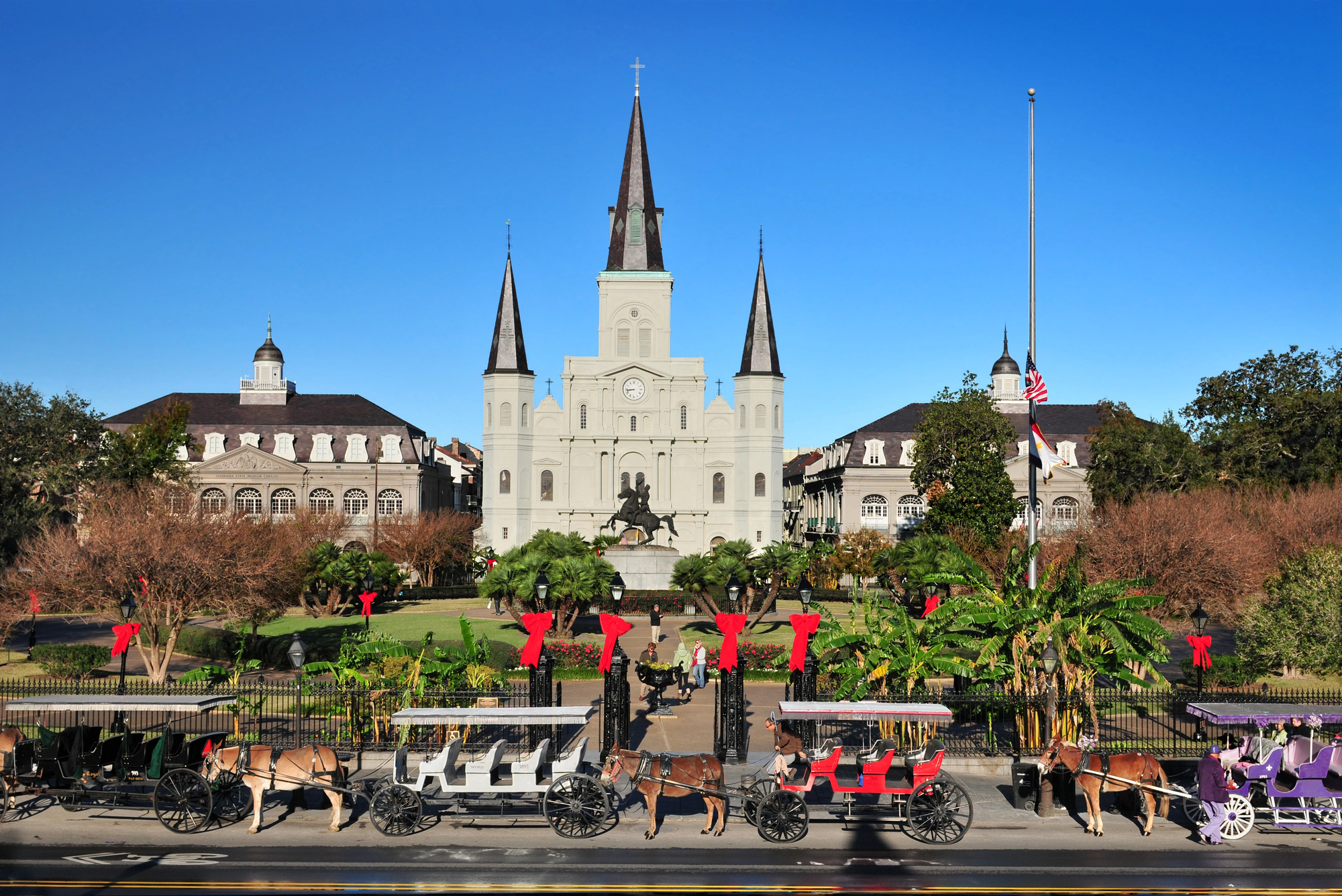
The French Quarter carries an atmospheric blend that’s instantly recognizable – the sweetness of pralines mixing with the earthiness of coffee chicory, undercut by hints of whiskey and the Mississippi River’s muddy dampness. In spring, jasmine and magnolia add delicate top notes to an otherwise robust scent profile.
The aroma shifts dramatically after rain, when centuries-old buildings release stored fragrances from their weather-worn stones.
Marrakech, Morocco
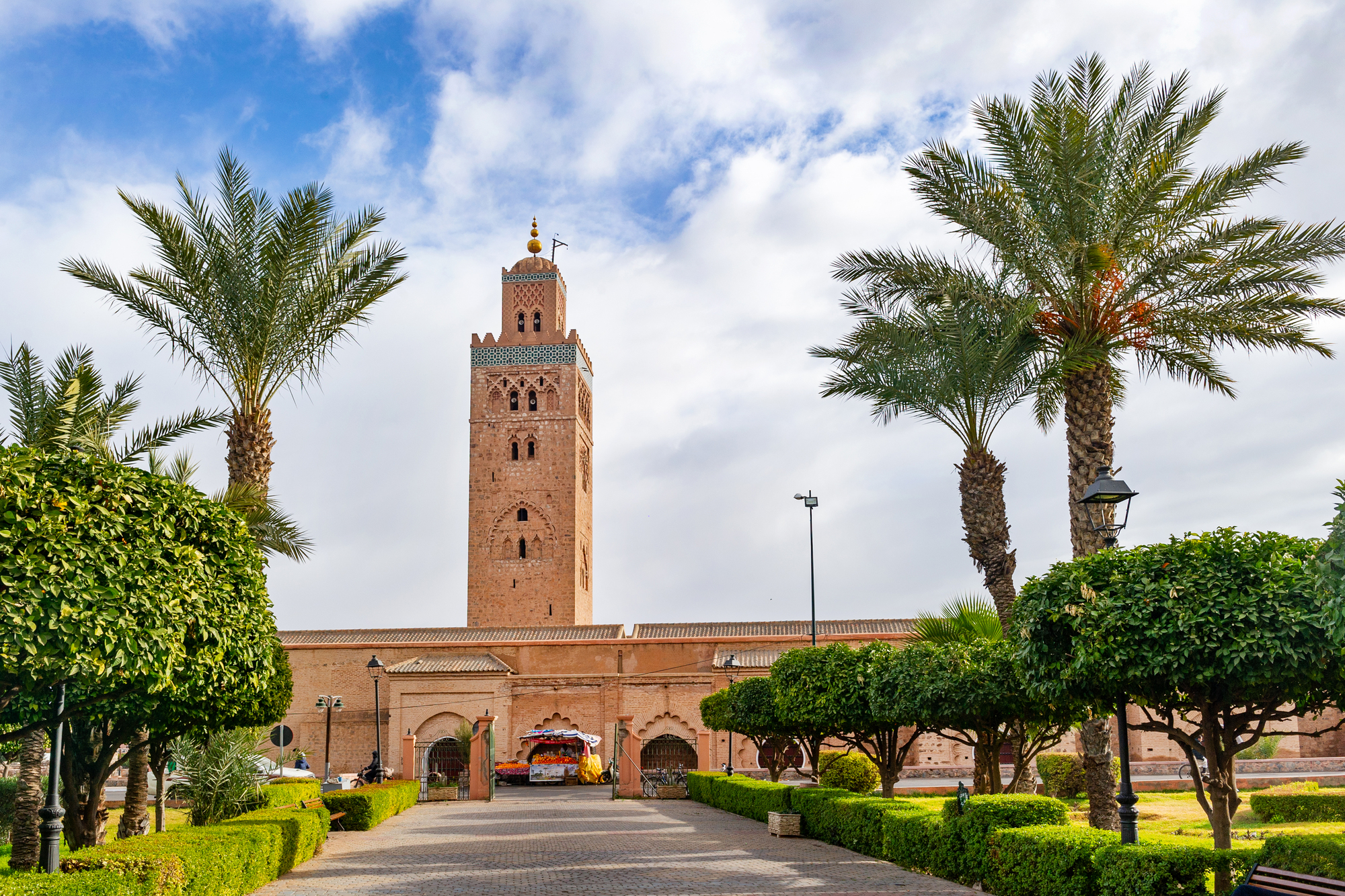
The medina presents an olfactory symphony that begins with mint tea and continues through notes of leather being worked in the tanneries, floral waters sold in tiny vials, and tagines simmering with preserved lemon and olives. The intensity changes from one narrow lane to the next – spice markets create clouds of cumin, saffron, and cinnamon, while courtyard gardens offer momentary respite with orange blossoms and cypress. The overall effect combines earthy minerality with exotic sweetness.
Like Travel Pug’s content? Follow us on MSN.
Seoul, South Korea
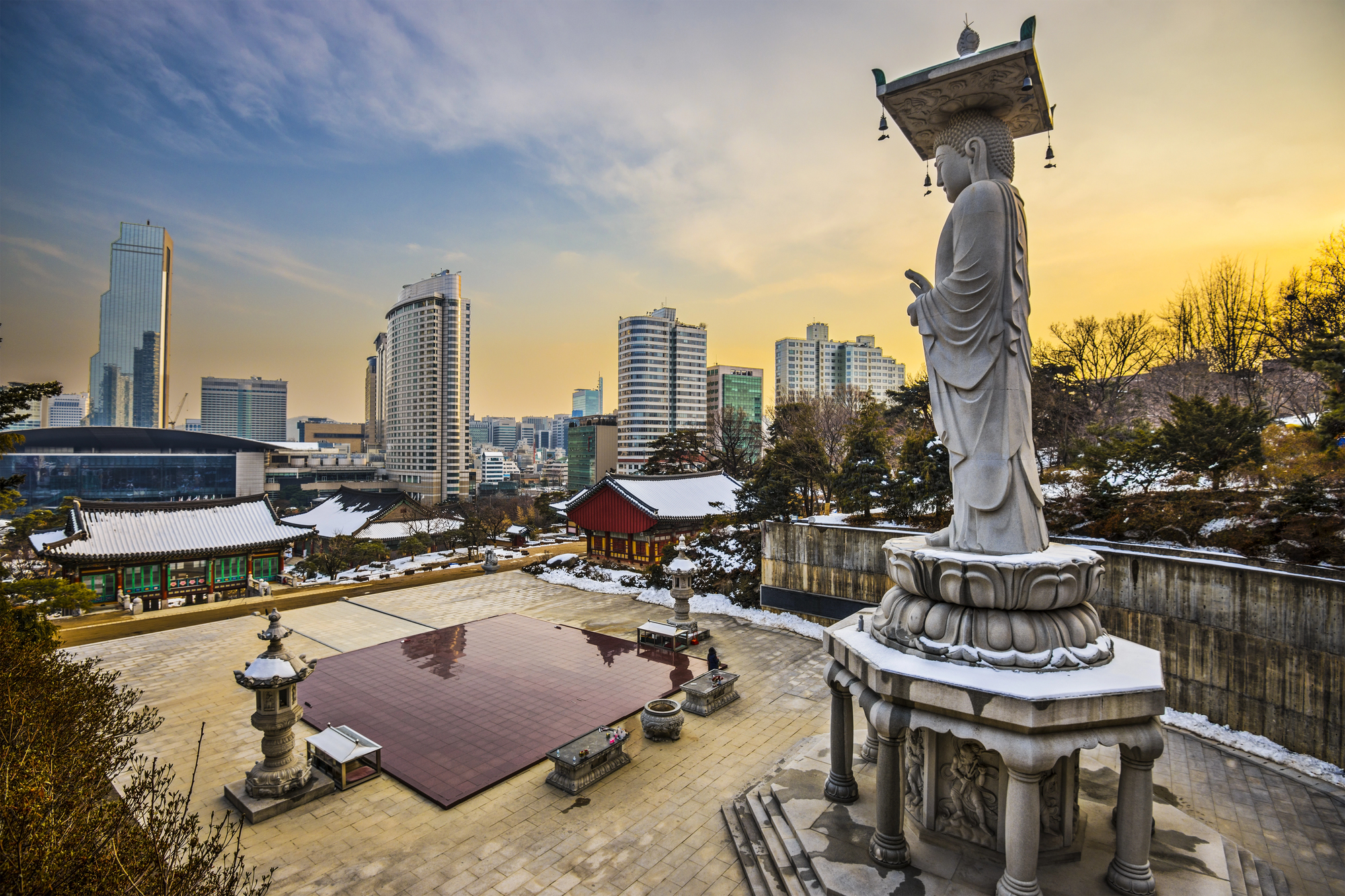
The Korean capital’s scent landscape features an intriguing juxtaposition between ancient and ultra-modern. Traditional markets release aromas of fermenting kimchi, roasting sesame oil, and grilling bulgogi that drift through neighborhoods otherwise defined by clean, technological efficiency. In spring, the sweetness of blossoming plum and cherry trees temporarily transforms the city’s aromatic profile, creating seasonal variations that residents mark like calendar events.
Mumbai, India
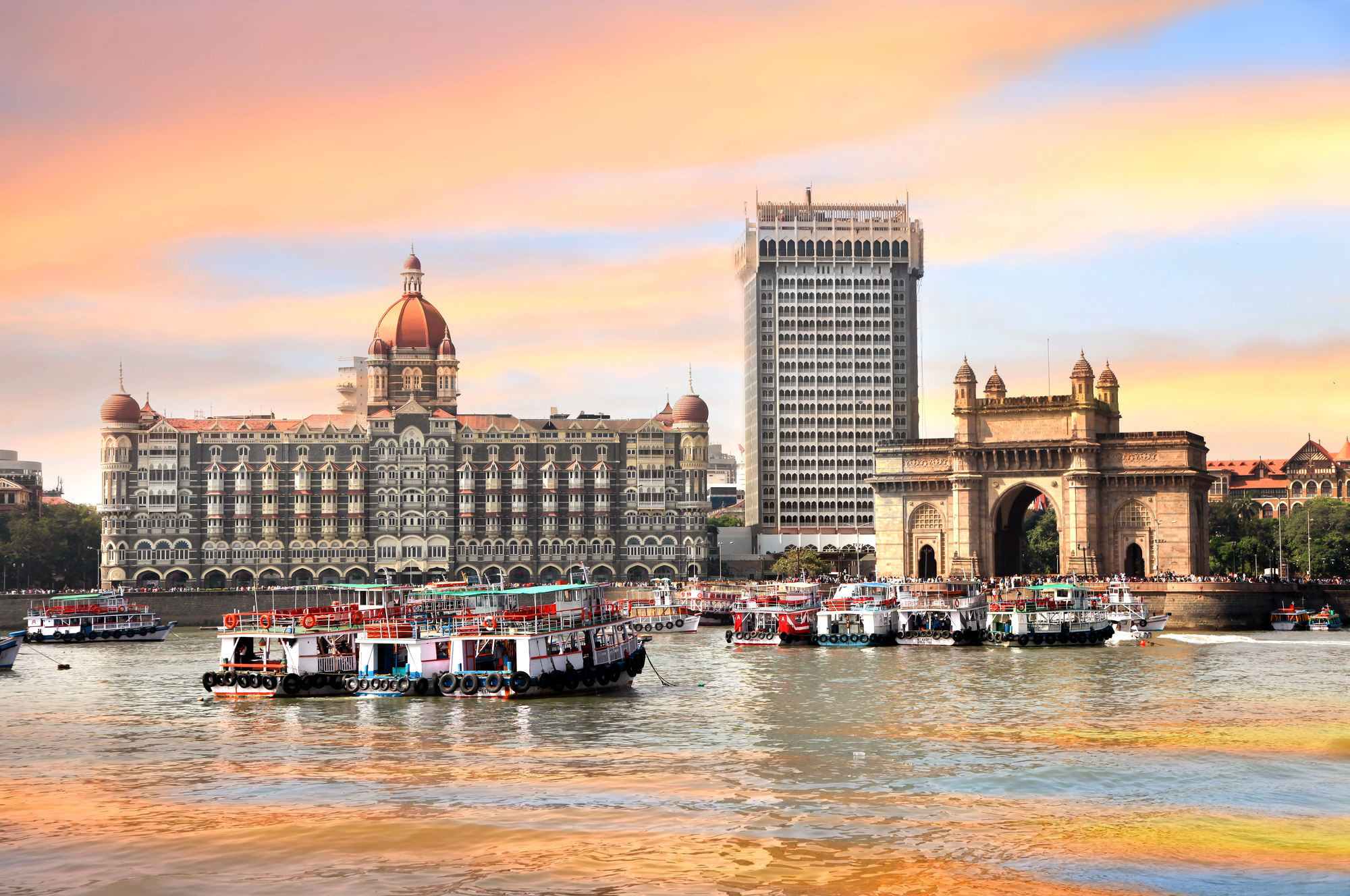
The olfactory experience of Mumbai contains multitudes – marine saltiness from the Arabian Sea, fragrant marigold garlands sold outside temples, and the distinct spice combinations of regional street foods. During monsoon season, petrichor rises from the suddenly damp earth, creating a distinctive earthy aroma that locals recognize as the smell of impending rain.
The contrast between jasmine perfumes in air-conditioned shopping malls and the complex street aromas creates a city of olfactory counterpoints.
Porto, Portugal
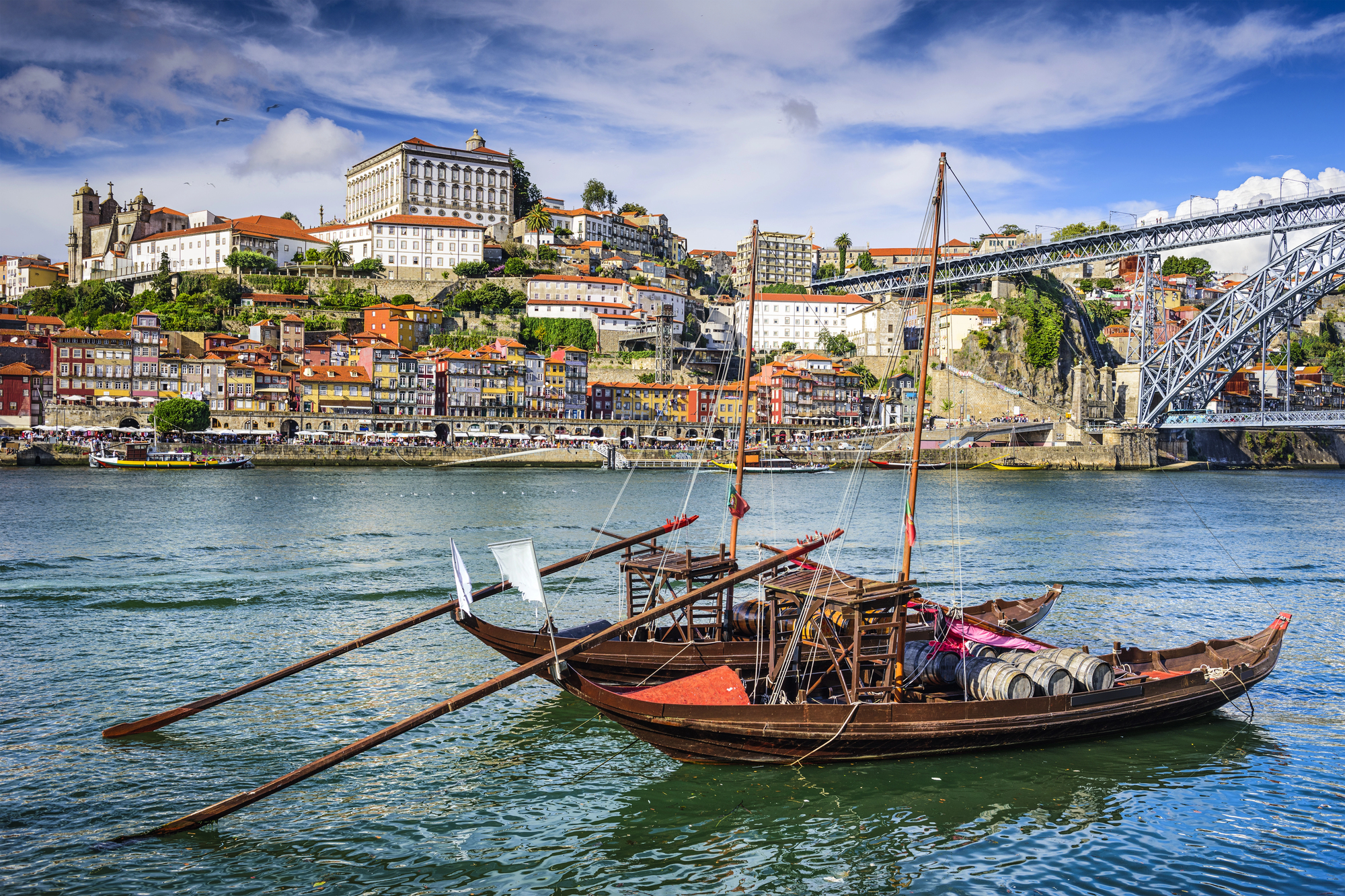
This riverside city carries the unmistakable scent of port wine aging in wooden casks that permeates entire neighborhoods. The Atlantic brings briny freshness that mingles with the smell of wood from traditional bakeries still using original ovens.
During festivals, the air fills with the sweet, oily scent of freshly made pastries and the distinctive char of sardines grilling on open flames. The old town’s narrow streets hold these aromas close, creating concentrated pockets of sensory experience.
Like Travel Pug’s content? Follow us on MSN.
New York City, New York
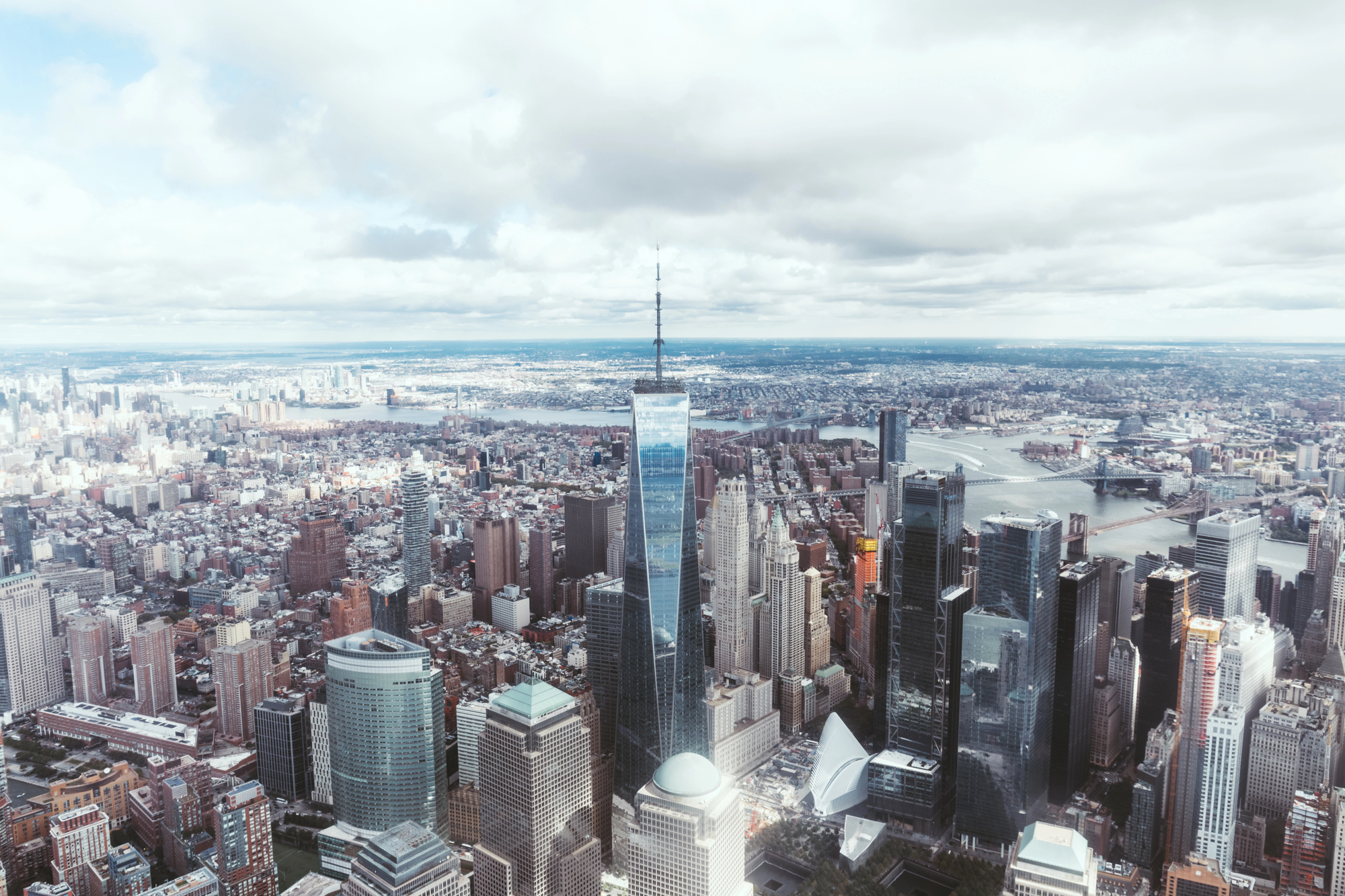
Few cities have as many iconic olfactory moments – the yeasty warmth from pizza ovens, the roasting nuts from street carts, and the peculiar combination of hot pretzels and steam rising from subway grates. Each borough contributes distinctive notes to the composition: Brooklyn’s artisanal coffee roasters, the concentrated spices of Queens’ ethnic enclaves, and the salty air around the coastal edges of Staten Island.
The contrasts can be striking, often changing completely within a single block.
Kyoto, Japan

In Kyoto, the smell of burning incense from centuries-old temples commingles with the clean aroma of tatami mats and hinoki cypress wood used in traditional buildings. The seasonal nature of Japanese cuisine means that even the food aromas evolve throughout the year – from spring’s sakura-flavored sweets to autumn’s roasting sweet potatoes.
The meticulous gardens contribute subtle fragrances from carefully tended pine trees and moss that release their scent after gentle rains.
Havana, Cuba

The aromatic profile of Havana combines tropical elements with historical ones – sea air mixes with the sweet scent of rum and the earthiness of coffee being prepared in espresso makers that have operated for decades. Vintage cars contribute distinct petroleum notes that have become strangely characteristic of certain streets.
Fruit vendors selling guava and mango add sporadic bursts of sweetness to neighborhoods otherwise defined by the salty minerality of buildings weathered by Caribbean storms.
Like Travel Pug’s content? Follow us on MSN.
Edinburgh, Scotland
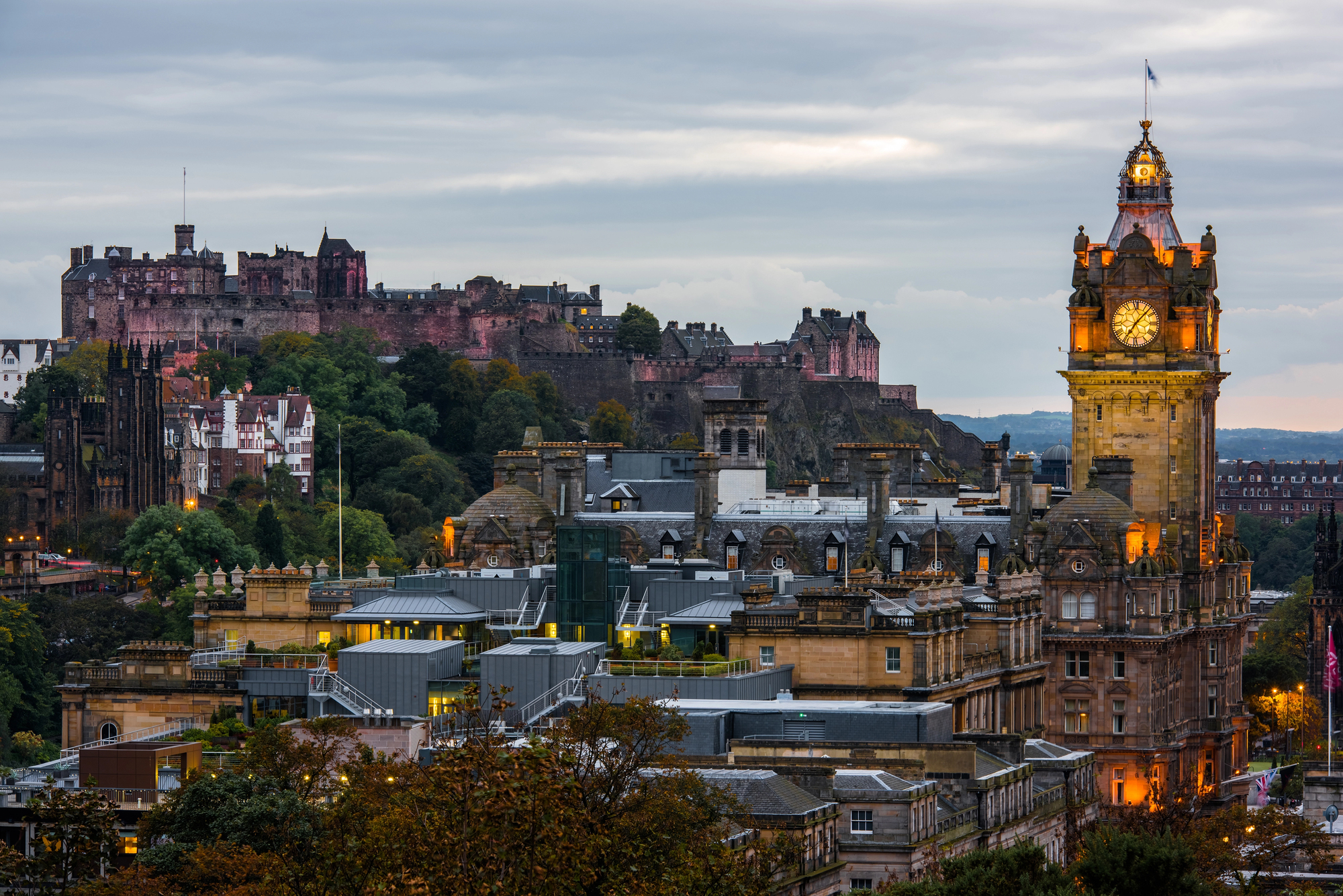
The Scottish capital’s aroma reflects its history and geography – the malty scent from centuries of brewing and distilling lingers in the stone of older buildings. When wind comes from the east, the briny scent of the North Sea reaches even the highest points of the city. In winter, coal fires and peat add smoky dimensions that perfectly complement the atmosphere of ancient wynds and closes.
The yeasty warmth from bakeries making morning rolls provides a counterpoint to the otherwise cool, mineral-laden air.
Hoi An, Vietnam
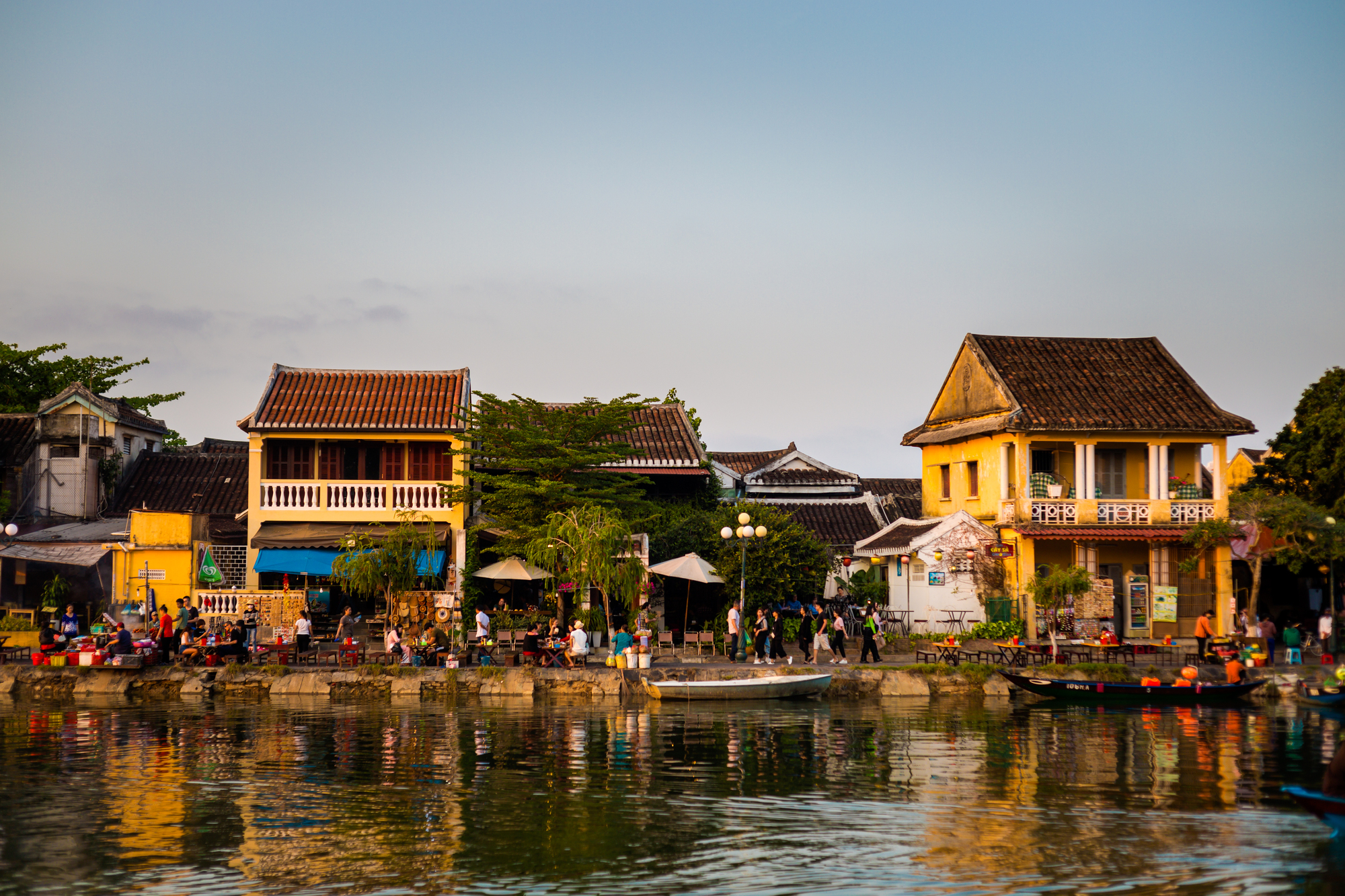
This ancient port town carries the scent of food as its primary aromatic signature – fresh herbs like mint, basil, and cilantro being chopped for pho, lemongrass grilling with seafood, and fish sauce providing a distinctive umami base note. During the monthly lantern festival, the melting wax from thousands of candles creates a temporary transformation in the air.
The nearby fields contribute seasonal agricultural notes that change with planting and harvest cycles.
Mexico City, Mexico
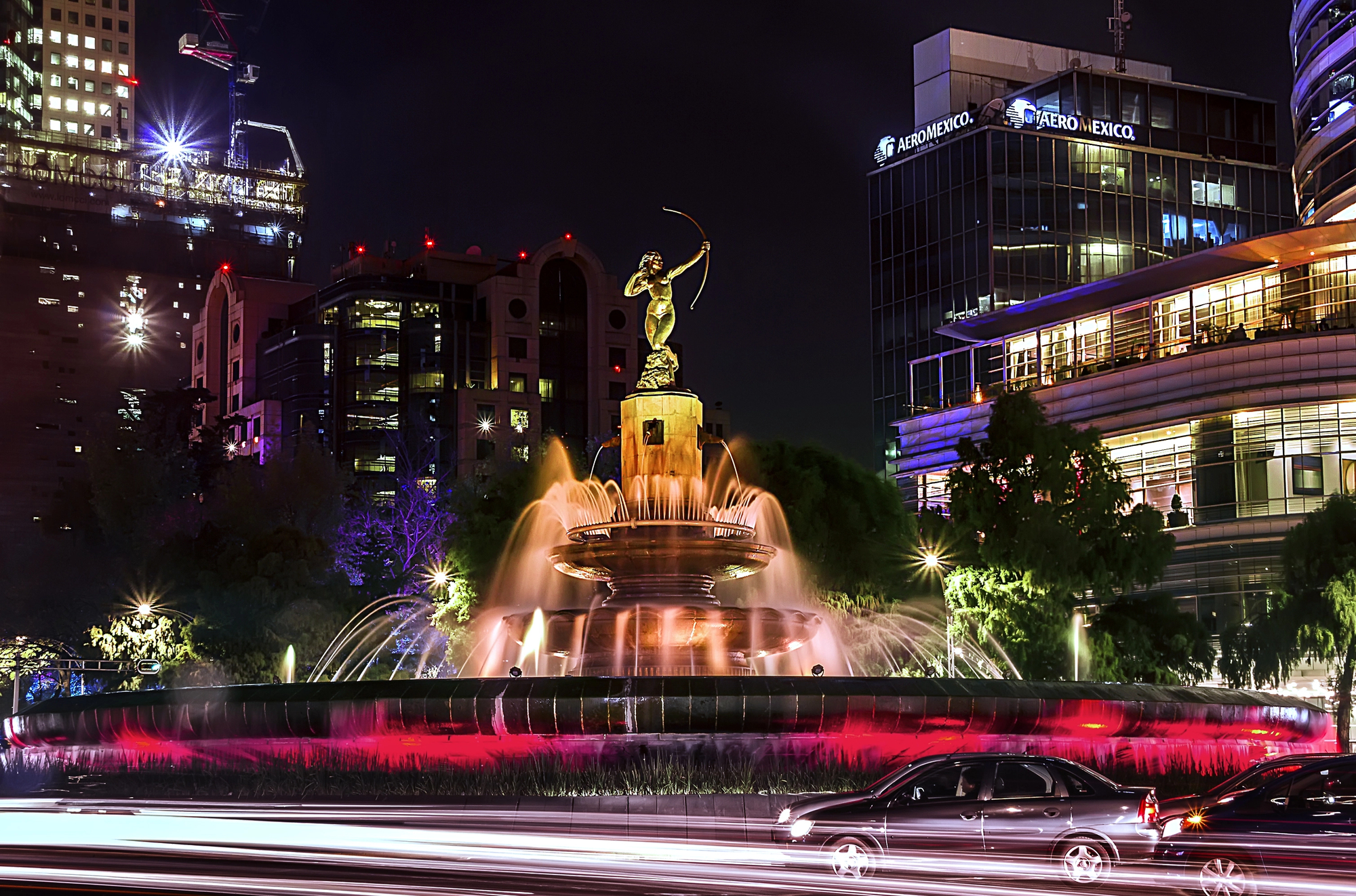
The high altitude creates a distinct atmospheric quality where aromas seem to hover rather than dissipate. Street vendors cooking corn tortillas on hot comals release a distinctive toasted corn fragrance that serves as the foundation of the city’s scent profile.
Jacaranda trees shower purple blossoms each spring, contributing a subtle floral note to neighborhoods otherwise characterized by the rich complexity of mole sauces and the mineral quality of volcanic stone used in historic buildings.
Like Travel Pug’s content? Follow us on MSN.
Rome, Italy
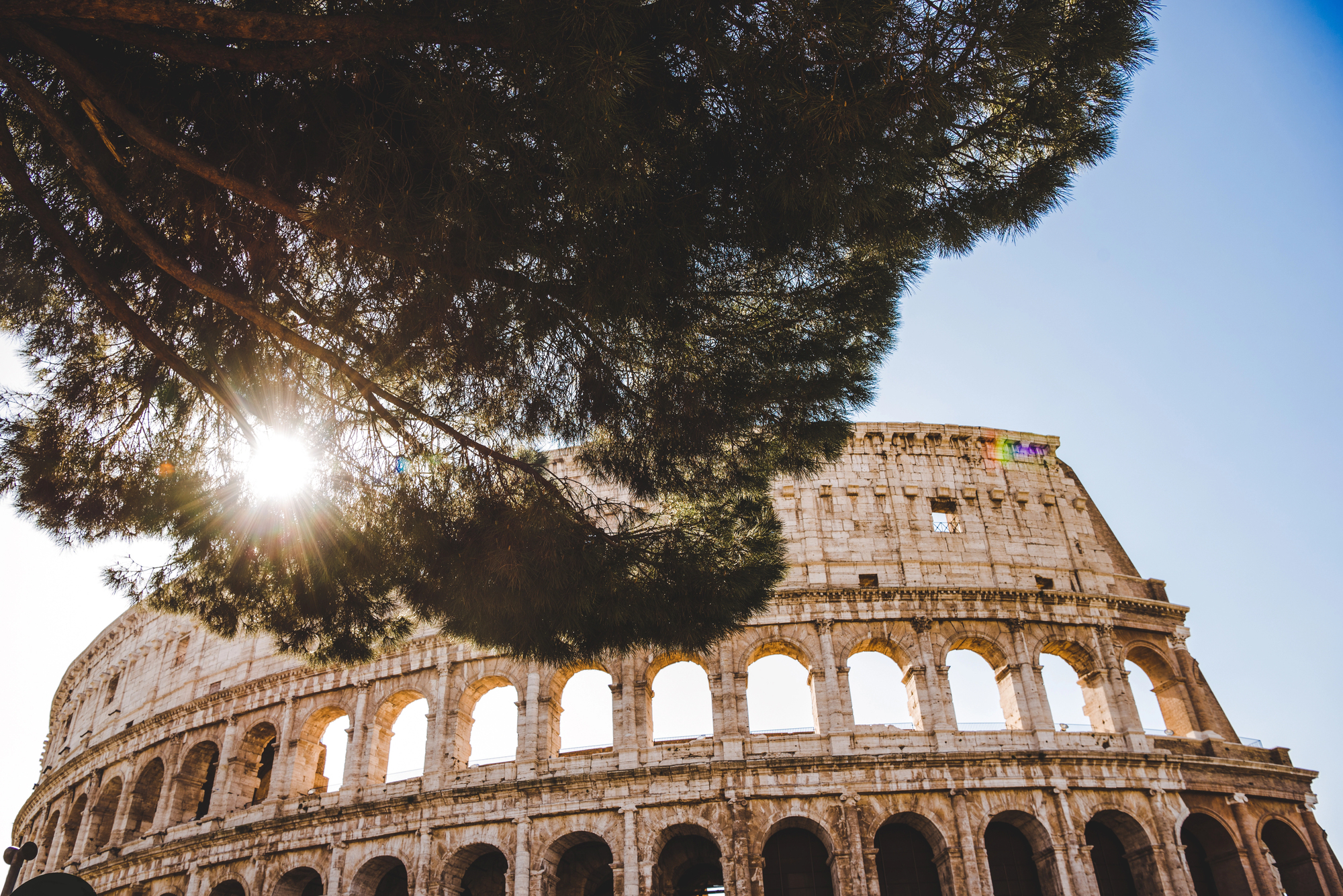
The Eternal City’s aroma comes in clearly defined layers – the earthiness of ancient stone and dust from ruins that have stood for millennia forms the base, while espresso brewing and freshly baked cornetti create the mid-notes experienced during morning walks. The distinctive sweet smell of water from the city’s countless fountains provides surprising freshness amid urban density.
During evening passeggiata, the collective perfumes of residents dressed for social strolls create an olfactory experience as carefully choreographed as the walk itself.
Chefchaouen, Morocco

The distinctive blue city nestled in the Rif Mountains carries the clean scent of freshly laundered fabrics dried in mountain breezes, undercut by the earthiness of goats from surrounding farms. The constant painting and repainting of buildings in various shades of blue adds subtle chemical notes that have become intertwined with the city’s identity.
Mountain herbs like wild thyme and mint grow between cobblestones, releasing their essential oils when crushed underfoot by passing pedestrians.
Varanasi, India
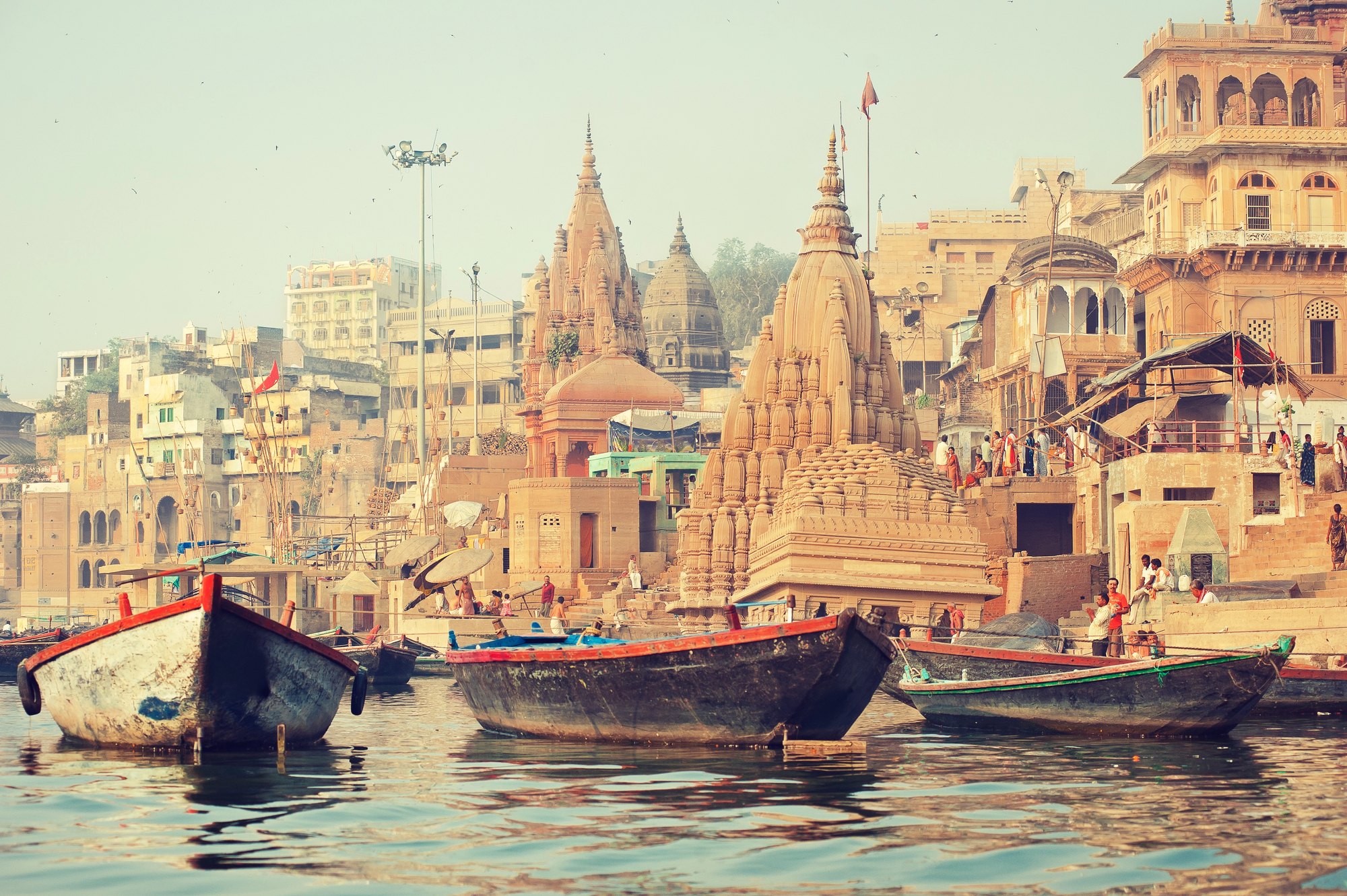
Perhaps no city has a more distinctive olfactory landscape than this ancient spiritual center on the Ganges. Incense and ghee lamps used in religious ceremonies create a constant aromatic foundation, while marigold and rose garlands contribute sweet floral elements.
The river itself adds complex mineral dimensions that change with the seasons. Wood burning from cremation ghats adds profound depth – an aroma inseparable from the city’s ancient connection to spiritual transitions.
Like Travel Pug’s content? Follow us on MSN.
Beyond Visible Impressions

These aromatic landscapes remain some of the most powerful yet least documented aspects of urban identity. Unlike visual landmarks that can be captured in photographs, these olfactory experiences must be encountered firsthand to be truly understood.
They connect visitors to places in visceral, emotional ways that transcend typical tourism. These distinctive urban aromas remind us that cities aren’t just seen and heard – they’re experienced through every sense we possess, creating memories that linger long after the journey ends.
More from Travel Pug

- Cities Growing so Fast You Won’t Recognize Them in 10 Years
- 13 Destinations Where Tourists Regularly Regret Their Trip
- 20 Obscure WWII Sites Even History Buffs Don’t Know About
- 10 Under-the-Radar Mountain Towns That Are Both Affordable and Beautiful
- Remote Villages in Europe Where You Can Live for Free in Exchange for Work
Like Travel Pug’s content? Follow us on MSN.
